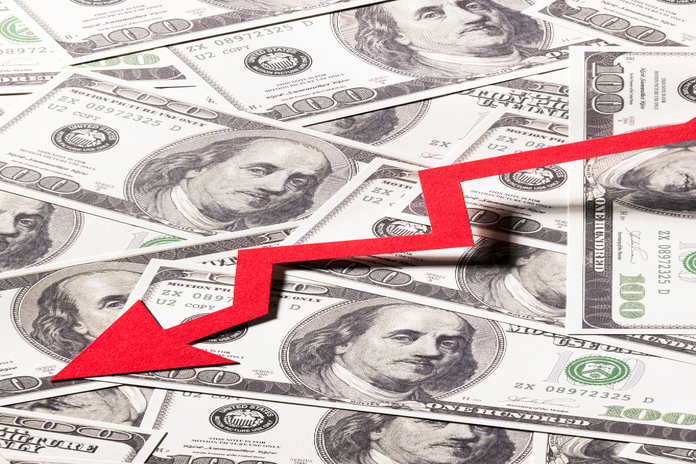A closely watched recession indicator, known as the Sahm Rule, could soon signal trouble for the U.S. economy if the upcoming July jobs report shows a rise in the unemployment rate. Developed by economist Claudia Sahm, the Sahm Rule has a strong track record, having successfully predicted every U.S. recession since the early 1970s. The rule suggests that a recession is imminent if the three-month average of the national unemployment rate rises by 0.5% or more from its previous 12-month low.
What Is the Sahm Rule?
The Sahm Rule is a statistical measure used to identify the onset of a recession by tracking changes in the unemployment rate. Specifically, the rule is triggered when the three-month average unemployment rate increases by at least 0.5 percentage points above its lowest level in the previous year. This rule has been a reliable indicator, predicting recessions with 100% accuracy over the past several decades.
As the July jobs report approaches, economists are paying close attention to the unemployment rate, which currently stands at 3.9%. If the report reveals an increase to 4.2%, the Sahm Rule would be triggered, raising alarms about a potential recession.
Mixed Signals in the Current Economic Environment
Despite the historical reliability of the Sahm Rule, some economists, including Claudia Sahm herself, caution against using this indicator alone to predict an impending recession in the current economic environment. Sahm recently pointed out that the rise in unemployment may not be as ominous as it seems due to unique factors influencing the labor market today.
“The rise in the unemployment rate is not as ominous as it would normally seem,” Sahm wrote in a July 26 post on Substack. She explained that the current labor market dynamics, including pandemic-related distortions and a significant increase in immigration, differ from those seen in past recessions. These factors may be contributing to a higher unemployment rate without necessarily indicating weakening economic demand.
For example, the share of new labor force entrants—those without prior work history or those returning to the workforce—has remained unchanged, which is unusual during a recession. Sahm suggests that increased labor supply from immigrants may be pushing up the unemployment rate, rather than a decline in labor demand.
Alternative Views and Market Reactions
Not all economists agree on the implications of a potential Sahm Rule trigger. Michael Gapen, head of economics at Bank of America Securities, also expressed skepticism about the rule’s relevance in the current context. “The unemployment rate is rising largely because growth in the labor force from immigration is outpacing labor demand,” Gapen told Yahoo Finance. He emphasized that the recent uptick in unemployment is not necessarily a sign of widespread layoffs or a significant economic slowdown.
Adding to the debate, Yardeni Research has proposed an alternative version of the Sahm Rule, adjusting for the inflow of immigrant workers by using the insured unemployment rate from weekly jobless claims data. According to Eric Wallerstein, chief market strategist at Yardeni Research, this adjusted measure shows “little cause for concern that the labor market is cracking.”
Market Implications of the Sahm Rule Trigger
Despite these alternative perspectives, the potential triggering of the Sahm Rule is still expected to have significant market implications. RBC Capital Markets head of U.S. rates strategy Blake Gwinn noted in a recent client note that even if the Sahm Rule trigger is less meaningful today, it could still have a major impact on market sentiment. Gwinn warned that negative sentiment could “get turbo charged,” with markets likely to price in higher odds of a hard landing for the economy.
“We think a Sahm Rule trigger this week would be less meaningful than in the past given the constellation of labor market data—but that isn’t going to matter on Friday, and we wouldn’t expect much sympathy for this view,” Gwinn wrote.
As the July jobs report is released, all eyes will be on the unemployment rate and its potential to activate the Sahm Rule. Whether or not this indicator proves accurate once again, its influence on market behavior and economic outlooks will be closely monitored.
Featured Image: Freepik



